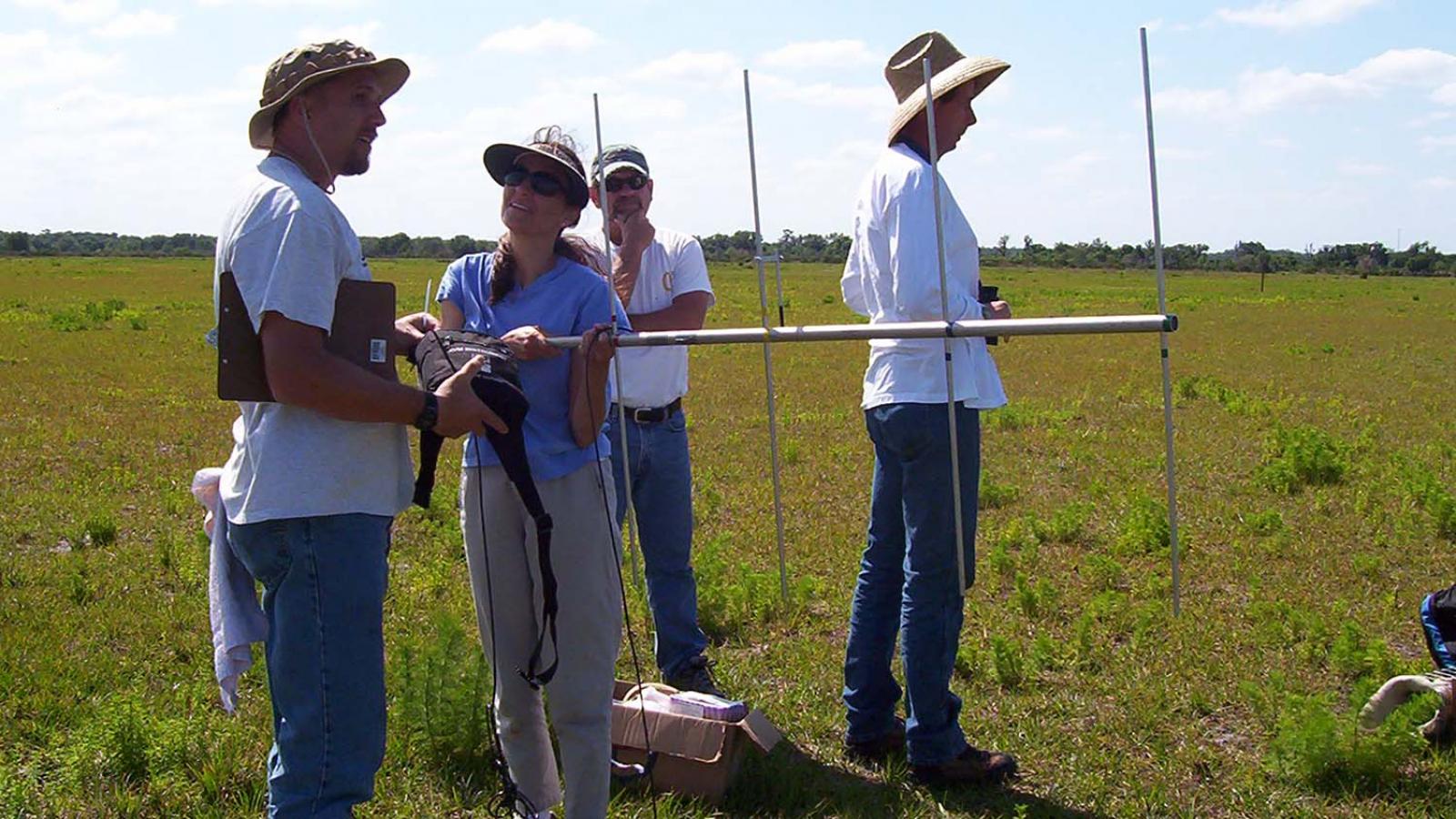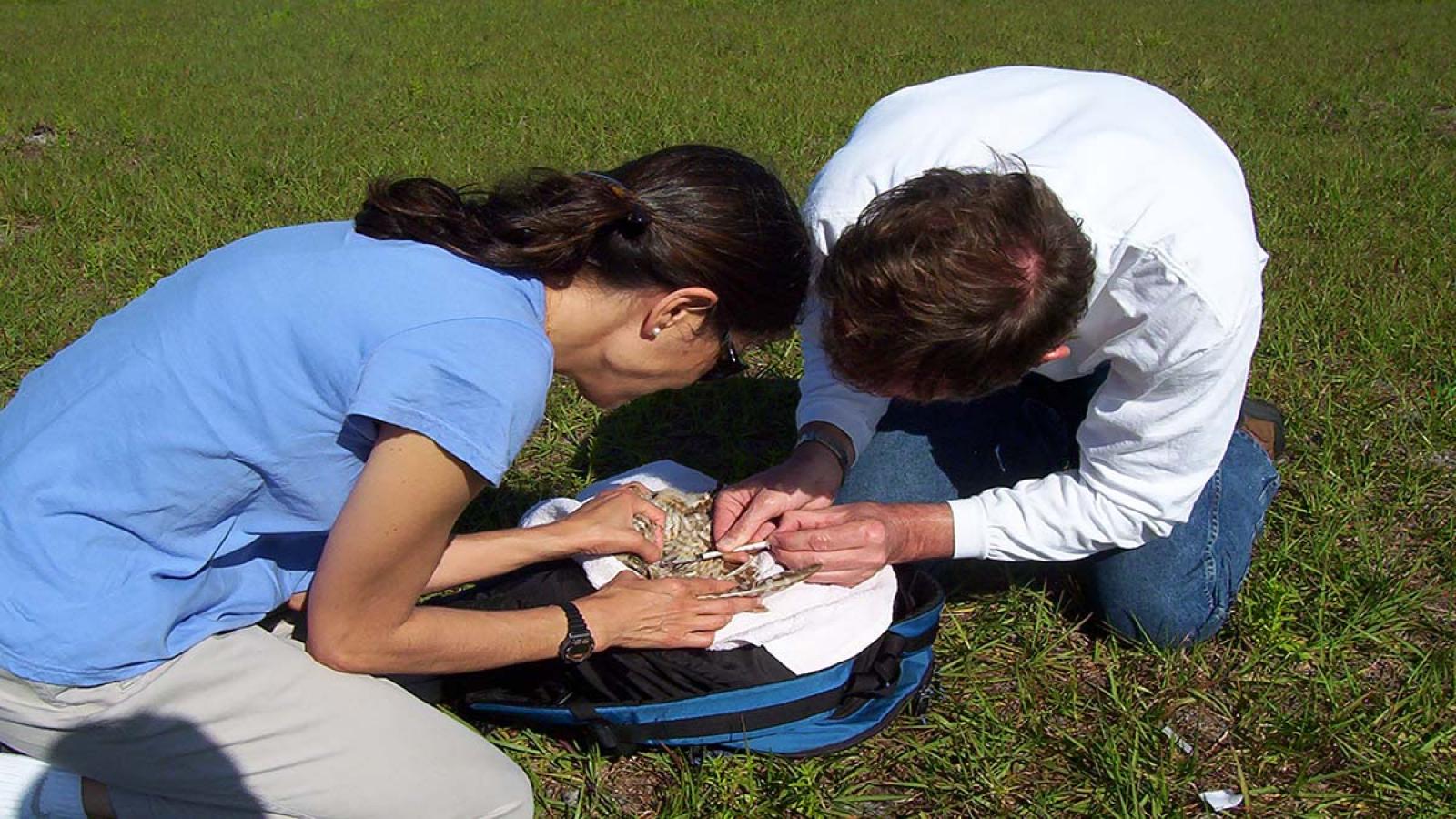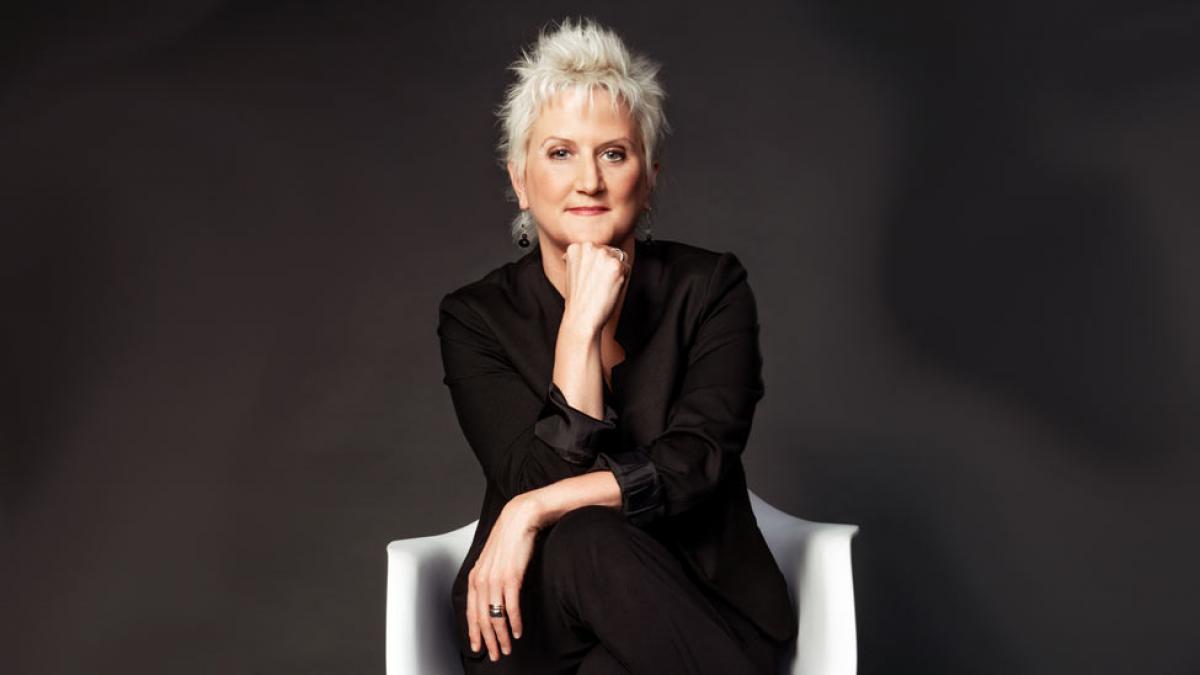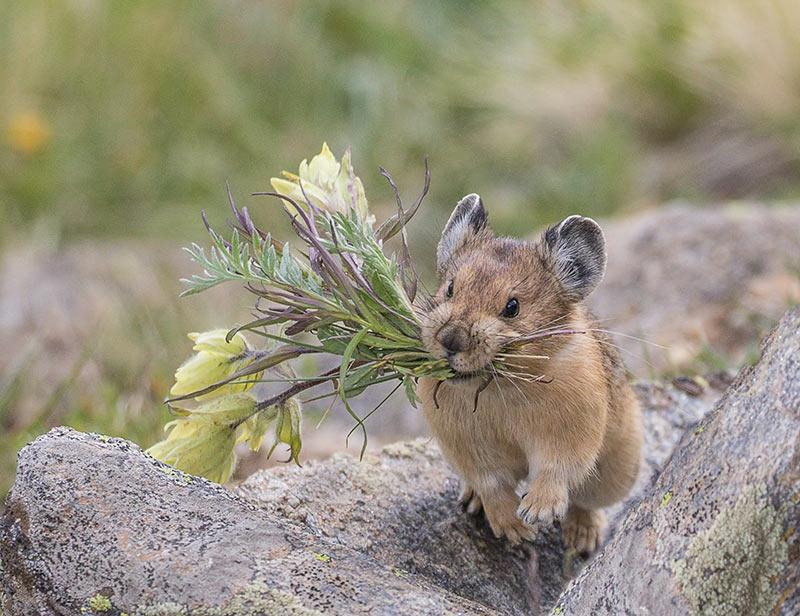
Preserving Populations, Preparing Scientists
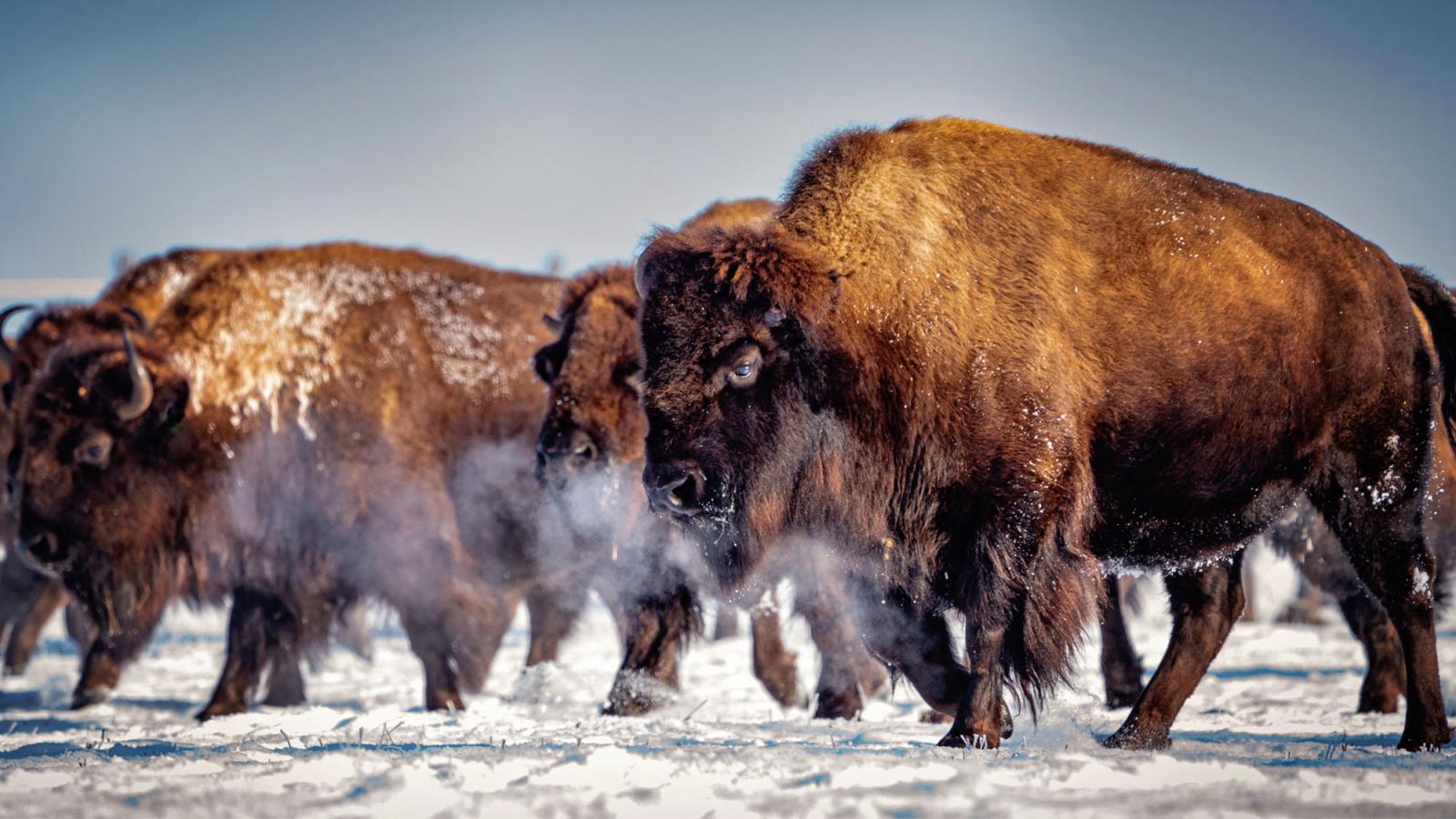
When you think of a scientist conducting research, your mind might immediately visualize a bustling lab, full of test tubes and beakers. For Dyson’s Melissa Grigione, that lab is oftentimes mother nature. Over the course of her career, Grigione has traveled literally all over the world—from Cameroon, to Patagonia to countless destinations in between—to better understand the complex relationships between animals and surrounding ecosystems.
Grigione specializes in what’s called mammalian spatial ecology, which can be defined as how ecological and man-made elements impact the development and propagation of animal species. She uses sophisticated technological techniques such as Geographic Information Systems (GIS) and remote sensing technology to better understand populations, and how they are impacted by what’s happening around them. She is highly focused on conservation biology, as she’s dedicated much of her life to understanding species whose way of life have been altered by man-made and environmental changes to existing ecosystems.
Take, for example, the bison—an iconic American species that Grigione and her husband have been researching for nearly a dozen years. Through studying the effects of human hunting norms, she has found that the species’ ability to propagate effectively has been reduced.
“We were looking at the effects of hunting on mating behavior,” said Grigione. "The large males that are hunted may be showing signs of reduced and/or altered vocalization during mating. These changes in vocalization may have profound effects on the populations, its reproductive biology, and genetic structure."
This particular project began quite modestly, on the Pine Ridge Indian Reservation in Badlands National Park in South Dakota. Now, it’s growing rapidly—Grigione has been conducting similar research in Canada, as well as a lot of private land in the western United States to better understand larger trends amongst diverse populations of this species.
“I’ve been all around the world studying animals in my life, but the thing I really love most about being at Pace and my career right now is enriching the minds of our students,” said Grigione.
Grigione is also focusing her attention to a species called the pika—a small, rabbit-like species that can be found in high-elevation areas around the globe. By studying pika populations in the Rocky Mountains of Idaho, Grigione is breaking new ground.
“They’ve never been studied in Idaho, and I’d like to study the effects of a changing climate on these animals,” said Grigione. “They live at very high elevations and there’s nowhere else for them to go if temperatures continue to increase. If they are affected, their populations can just start blinking out.”

In addition to a few other ongoing projects—including, but not limited to, studying burrowing owls in the grasslands of Florida and repopulating jaguar populations in Arizona—Grigione is focused on the classroom. As a faculty member at Pace, Grigione has taken great pride in training the next generation of scientists. Over the course of her career, she’s seen students evolve from learning the ropes during graduate assistantships to holding major roles and making significant impacts in the professional world. She credits the larger educational philosophy at Pace to helping prepare scientists; as oftentimes today, it’s not just enough to solely focus on the hard science.
“The reason why I love Pace, we’re training our students not only to do science, but how to understand policy and how to communicate.”
While Grigione has accomplished quite a lot over the course of her career, she views it as her mission to ensure the student-to-scientist pipeline remains robust. With all the advents of 21st century technology, basic understanding of the natural world can often take a backseat. Yet, as Grigione notes, training competent and dedicated conservation biologists for the future—many of whom will be faced with ever-complex challenges due to a changing climate, human population alterations, and much more—is arguably more important than ever.
“I’ve been all around the world studying animals in my life, but the thing I really love most about being at Pace and my career right now is enriching the minds of our students,” said Grigione. “Students don’t always have a sense of the natural world—if I can spark a little of light, bring some stories into my classroom and really turn on that switch to appreciate and understand the importance of nature, I've done my job. This is what I love doing.”
Originally published October 15, 2021
More from Pace Magazine
The Lubin Center for Sustainable Business is equipping students, faculty, professionals, and communities with education, research, and the job skills necessary for maintaining sustainable business models in the 21st century.
Rhonda Miller, head of Pace’s BFA in Commercial Dance, wanted to build a different kind of dance program. “I wanted it to be relevant and useful—to include all forms of dance and the practical business skills dancers need but so often don’t have. We’re giving students the tools they need to navigate show business and make a living in dance.”
Creativity. Know-how. Entrepreneurial spirit. That's what it takes launch your own startup. Just ask the founders of Wepptek.
